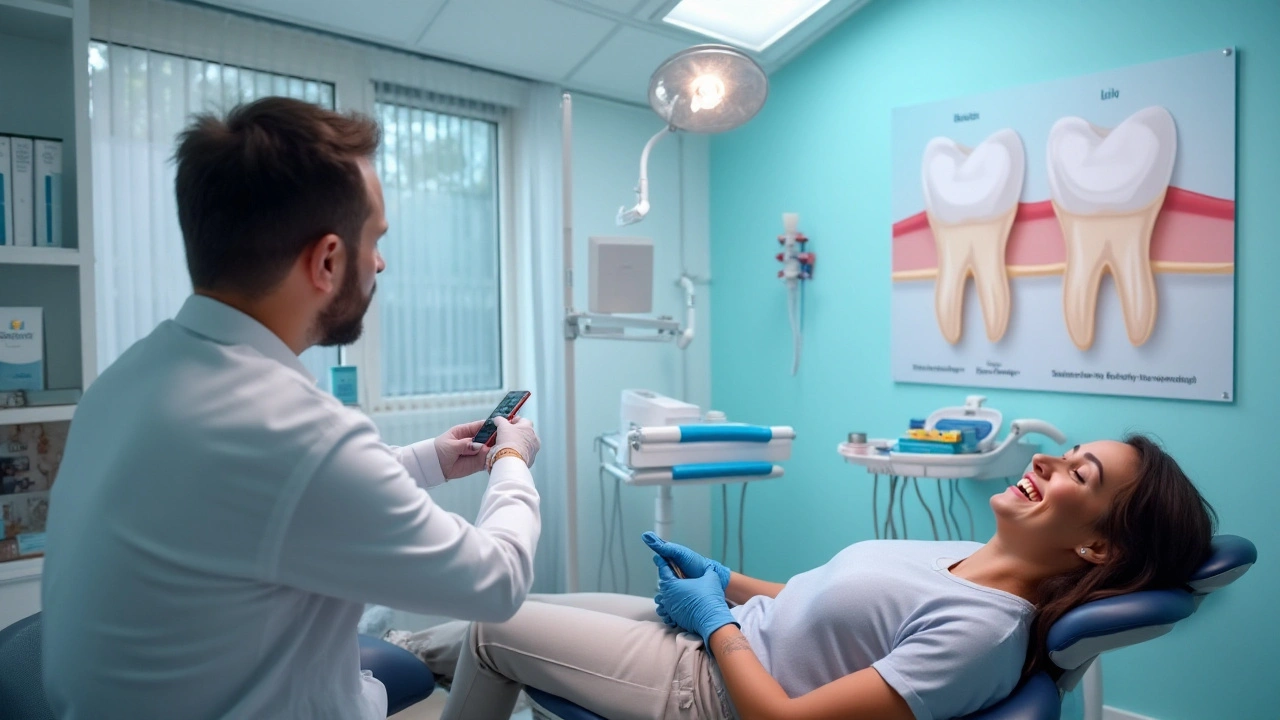Strontium uses: what it does and when it helps
Strontium is a mineral you’ve probably heard about for bones and toothpaste. It shows up in a few very different places: dietary supplements, prescription drugs, dental products and even radioactive medicines used in cancer care. Here’s a plain-language look at the real uses, what the evidence says, and the safety points you need to know.
Bone health and osteoporosis
The best-known medical use is for bone. A prescription form, strontium ranelate, was studied in large trials (for example, SOTI and TROPOS) and showed reductions in fracture risk for some people with osteoporosis. That’s why some doctors considered it as a treatment option.
Today you’ll more often see over-the-counter forms like strontium citrate or strontium carbonate sold as bone-support supplements. People take them to try to improve bone strength or slow bone loss. Evidence for supplements is mixed: some studies report modest benefits on markers of bone turnover, but the strongest clinical fracture data came from prescription formulations, not off-the-shelf pills.
Important safety notes: strontium can build into bone and make DXA bone density scans look better than they actually are. If you take strontium, tell your doctor before a DXA. Also, a number of regulatory agencies flagged cardiovascular risks tied to prescription strontium ranelate; doctors now weigh heart and stroke risk before prescribing it.
Other medical and everyday uses
Strontium-89 is a radioactive form used in oncology. It’s injected to relieve bone pain from cancers that have spread to bone (commonly prostate or breast cancer). It’s a palliative option — not a cure — and oncologists use it when more localized treatments aren’t enough.
In dental care, strontium compounds (like strontium chloride) are added to some toothpastes to reduce dentin hypersensitivity. They help block tiny tubules in dentin that transmit pain when you eat or drink hot, cold or sweet things. For many people this gives noticeable relief within a few weeks.
Outside medicine, strontium is used in fireworks for a bright red color, in ceramics and in certain metal alloys. Those industrial uses probably won’t matter to most readers, but they show how versatile this element is.
Practical tips: if you’re trying a strontium supplement, take it separate from calcium (spacing by a couple of hours can improve absorption). Always talk with your doctor if you have heart disease, are pregnant, breastfeeding, or on other medicines. And if you’re being treated for osteoporosis, mention strontium before any bone density test so results are interpreted correctly.
Want to know if strontium fits your situation? Ask your doctor about the specific form (prescription vs supplement), the evidence for your condition, and any safety checks you should have first.
Unveiling the Hidden Benefits and Uses of Strontium in Everyday Products

Strontium is an element known for its surprising range of applications, extending from dental care to nutritional supplements. This article delves into the diverse roles of strontium, examining its significance in strengthening teeth and bones, and its utility in manufacturing and health industries. With a focus on understanding its benefits and potential risks, we explore how this often-overlooked element contributes to our daily lives. Learn about the research-backed advantages and implications of incorporating strontium into various products.
